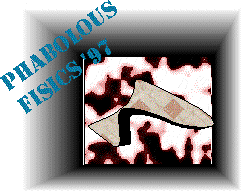
|

|
Applied Mathematics
Uniformly Accelerated motion
|
1997 Q. 1 (a) A particle, moving in a straight line, accelerates uniformly from rest to a speed v m/s. It continues at this constant speed for a time and then decelerates uniformly to rest, the magnitude of the deceleration being twice that of the acceleration. The distance travelled while accelerating is 6m. The total distance travelled is 30m and the total time taken is 6s.
Solution:
For the acceleration: u = 0m/s s = 6m v = vm/s v2 = u2 + 2as
For the deceleration: u = vm/s v = 0 and a =
|
1997 Q.1(b) Two points p and q are a distance d apart. A particle starts from p and moves towards q with initial velocity 2u and uniform acceleration f. A second particle starts at the same time from q and moves towards p with initial velocity 3u and uniform deceleration f. Prove that
Solution: (i) Sp = s = 2ut + 1 ft2 Sq = d - s = 3ut - 1 ft2 Adding these gives d = 5ut
(ii)
vq = 3u - ft vq > 0
Þ 3u - ft > 0
(iii) Sq = 0 3ut - 1 ft2 = 0 Þ 6u = ft
|
© T O'Sullivan 1999 )